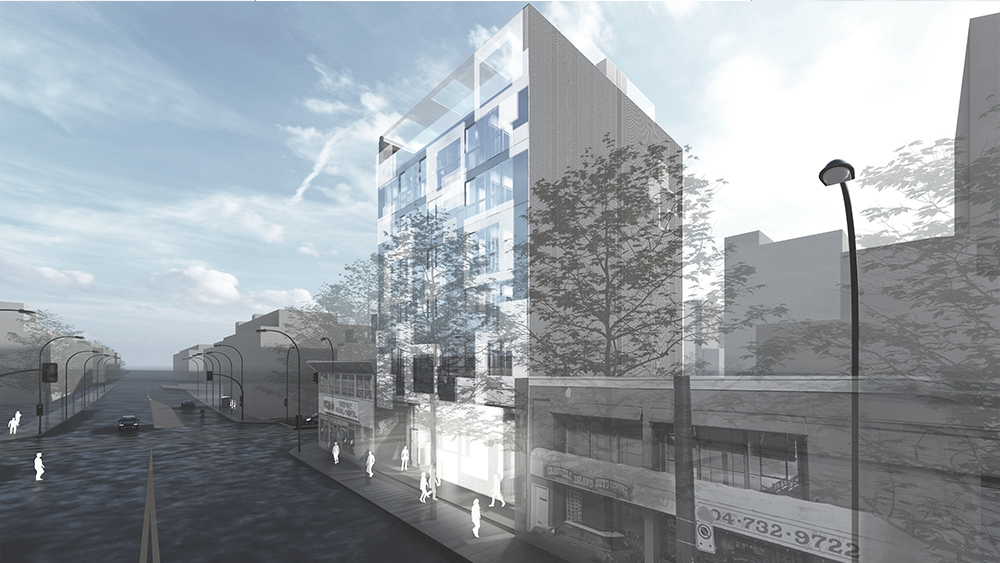An Affordable Housing Plan for BC
The document titled “Affordable Housing Plan” outlines a comprehensive strategy aimed at addressing the pressing need for affordable housing in British Columbia. It reflects the government’s commitment to enhancing housing accessibility for low- and moderate-income households by implementing a range of policies and initiatives designed to increase the supply of affordable units, protect existing affordable housing, and support vulnerable populations.
Introduction
The Affordable Housing Plan serves as a roadmap for tackling the housing crisis in British Columbia, where rising costs and limited availability have created significant barriers for many residents. This plan builds on previous efforts and aims to create a sustainable framework that not only addresses current housing shortages but also anticipates future needs. By focusing on building more homes, protecting existing ones, and ensuring that all residents have access to safe and affordable housing, the plan seeks to foster inclusive communities.

Key Objectives of the Plan
The Affordable Housing Plan is structured around three primary objectives:
- Increase Housing Supply: The plan emphasizes the need to build new affordable rental homes. According to estimates, approximately 12,500 new rental units must be constructed annually over the next decade to meet the needs of households earning $50,000 or less. This includes targeted efforts to create 3,000 homes specifically for Indigenous peoples and 500 supportive housing units.
- Protect Existing Affordable Housing: The document highlights the urgency of preserving existing affordable homes, as many are being lost faster than new units can be built. The BC Rental Protection Fund is mentioned as a successful initiative that enables non-profits and cooperatives to purchase rental properties to maintain their affordability. An annual investment of $50 million is proposed to secure 2,000 new affordable homes through this fund.
- Invest in Housing Infrastructure: To effectively address the housing crisis, an estimated total investment of $6.7 billion per year is required from various levels of government and community partners. This funding will support the development of new homes, protect existing stock, and repair ageing non-profit housing units.
Strategies for Implementation
The plan outlines several strategic actions to achieve its objectives:
- Collaboration with Non-Profits: Building partnerships with non-profit organizations is crucial for expanding the affordable housing supply. These partnerships can leverage additional funding sources and expertise in managing affordable housing projects.
- Innovative Financing Models: The plan advocates for exploring creative financing options to support affordable housing development. This includes utilizing public land for housing projects and seeking private-sector investments.
- Policy Reforms: The document suggests reviewing and reforming zoning regulations that currently hinder the development of affordable housing. By allowing greater density and mixed-use developments, municipalities can create more opportunities for affordable units.
- Community Engagement: Engaging local communities in the planning process is vital for ensuring that new developments meet their needs. This approach fosters public support and helps address concerns related to new housing projects.
Focus on Vulnerable Populations
The Affordable Housing Plan places a strong emphasis on supporting vulnerable populations, including low-income families, seniors, individuals with disabilities, and Indigenous peoples. Specific initiatives include:
- Targeted Support Programs: The plan proposes creating programs tailored to assist specific groups facing unique challenges in accessing affordable housing.
- Enhanced Services: Providing additional services such as mental health support and job training can help individuals stabilize their living situations and improve their overall well-being.
Monitoring and Evaluation
To ensure accountability and effectiveness, the plan includes provisions for monitoring progress towards its goals. Regular assessments will be conducted to evaluate the impact of various initiatives on housing availability and affordability. Stakeholders will be encouraged to provide feedback on the effectiveness of programs, allowing for continuous improvement.
Conclusion
The Affordable Housing Plan represents a proactive approach to addressing one of British Columbia’s most pressing challenges—housing affordability. By focusing on increasing supply, protecting existing units, and investing in infrastructure while prioritizing vulnerable populations, the plan seeks to create a sustainable framework for housing that benefits all residents. Successful implementation will require collaboration among government agencies, non-profits, community groups, and private developers to ensure that everyone has access to safe, secure, and affordable homes in British Columbia.
